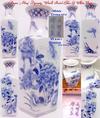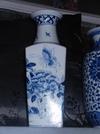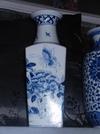Commenting is deactivated.
Please post all new topics and queries to the
Discussion Forum
Wanli Blue and White Vase
by George Qhegeous
(Yorkshire)
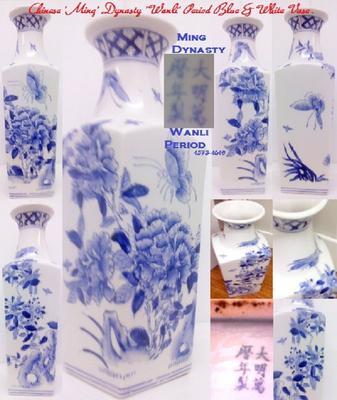
Wanli Vase overall View
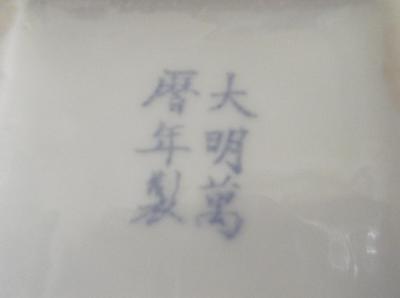
The Wanli Seal Mark
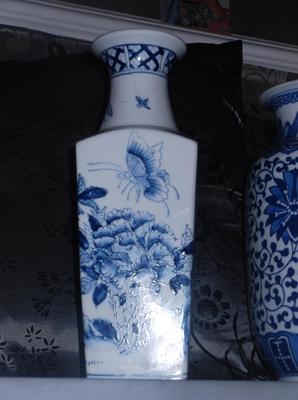
Detailing the Darker Blue
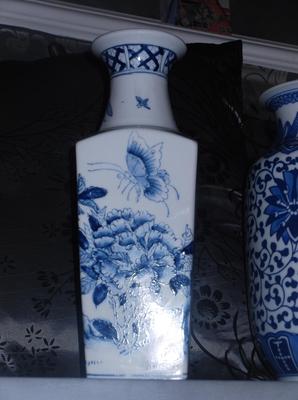
Shape and Rough Painting Technique
Hi there,
I was hoping you could give me some info on this blue and white vase I have from the wanli period, fingers crossed. The back stamp is exactly what you want to see with the only imperfection being the 6th script(bottom left) a line has rubbed leaving a faded dot but can tell the line was there by eye sight. As I am planning on selling my collectrion of oriental vases I was hoping some one could tell whether or not this piece is genuine. The body white is a tint of blue . The detail is birds,bees and butterlies around foliage and the darker blue is over glaze, which I read was common practice on some wares from Jiajing to the Wanli Period. I appreciate any feedback good or bad.
Kind Regards
George Qhegeous




